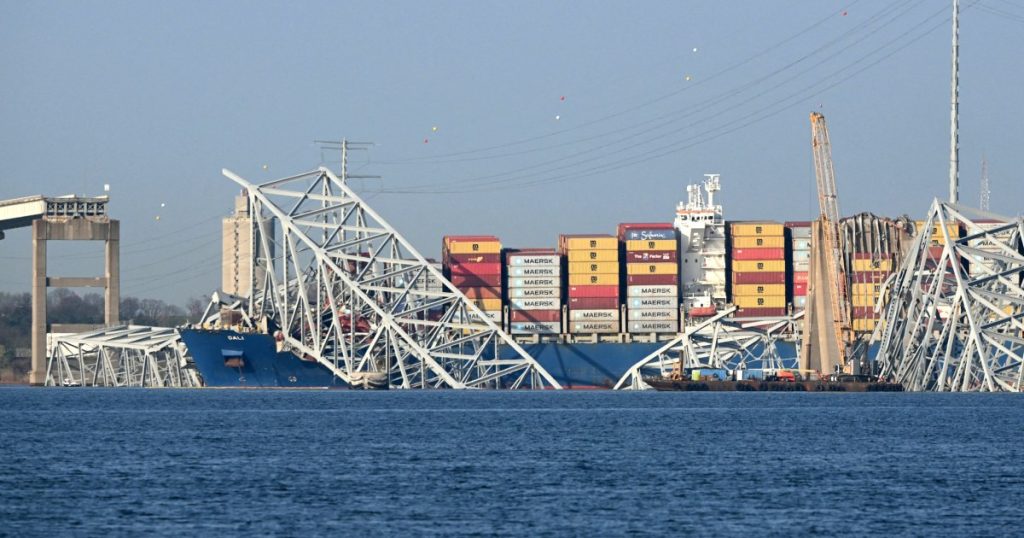The collapse of Baltimore’s Francis Scott Key Bridge has raised concerns about the time and cost it will take to rebuild the structure. Experts estimate that the project could take anywhere from 18 months to several years, with costs potentially exceeding $400 million. Factors such as design, permit approvals, and contractor selection will play a role in determining the timeline for reconstruction. Realistically, the project may take five to seven years to complete, although some experts are more optimistic, suggesting a timeline as short as 18 months to two years.
In the wake of the bridge collapse, officials are working to clean up and rebuild the structure to restore access to the city’s busy port and the Baltimore beltway. Experts point to previous bridge collapses, like the Sunshine Skyway Bridge in Florida, as a comparison for potential timelines and budgets. However, more recent disasters, such as the collapse of the Interstate 35W bridge in Minnesota, offer a closer model for reconstruction efforts. Quick approvals and efficient collaboration between government agencies can help expedite the process of rebuilding the Key Bridge.
Funding remains a critical issue for the project, with President Joe Biden pledging federal support for the new bridge. However, the source of funding is not yet confirmed, and securing sufficient resources will be essential to avoid delays in the reconstruction process. Experts recognize the urgency of the situation and emphasize the need for swift action to secure funding and kickstart the rebuilding efforts. While challenges exist, past experiences have shown that emergency funding can be obtained quickly in response to disasters.
The cost of rebuilding the Key Bridge is estimated to range from $500 million to $1 billion, depending on factors such as design and construction materials. The type of bridge structure chosen, such as a suspension bridge or a cable-stayed span, will impact the overall cost of the project. Additionally, factors like the current backlog for construction materials and the availability of skilled contractors could contribute to higher overall costs. Balancing cost considerations with the need for a durable and reliable structure will be a key aspect of the decision-making process.
The potential complexity of the project, including the possibility of redesigning the bridge’s pier foundations to prevent future collisions, could contribute to additional costs and delays. Experts caution that the expedited nature of the reconstruction effort may lead to increased expenses, given the high demand for construction resources in the current market. Despite these challenges, experts emphasize the importance of prioritizing safety and long-term durability in the design and construction of the new Key Bridge.
Overall, experts agree that replacing the Key Bridge will be a multi-year process that requires careful planning, coordination, and execution. While the project is a priority, the various stages of design, permitting, contractor selection, and construction will take time to complete. Despite the potential challenges ahead, experts remain optimistic that with the right resources, funding, and collaboration, the Key Bridge can be rebuilt efficiently and safely to restore vital infrastructure in the Baltimore area.













